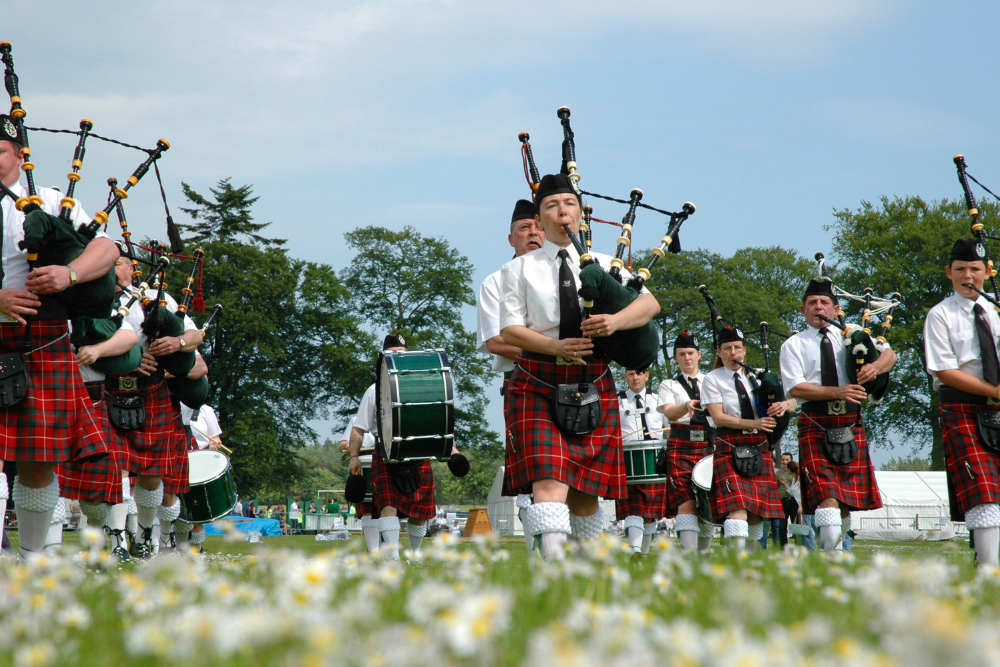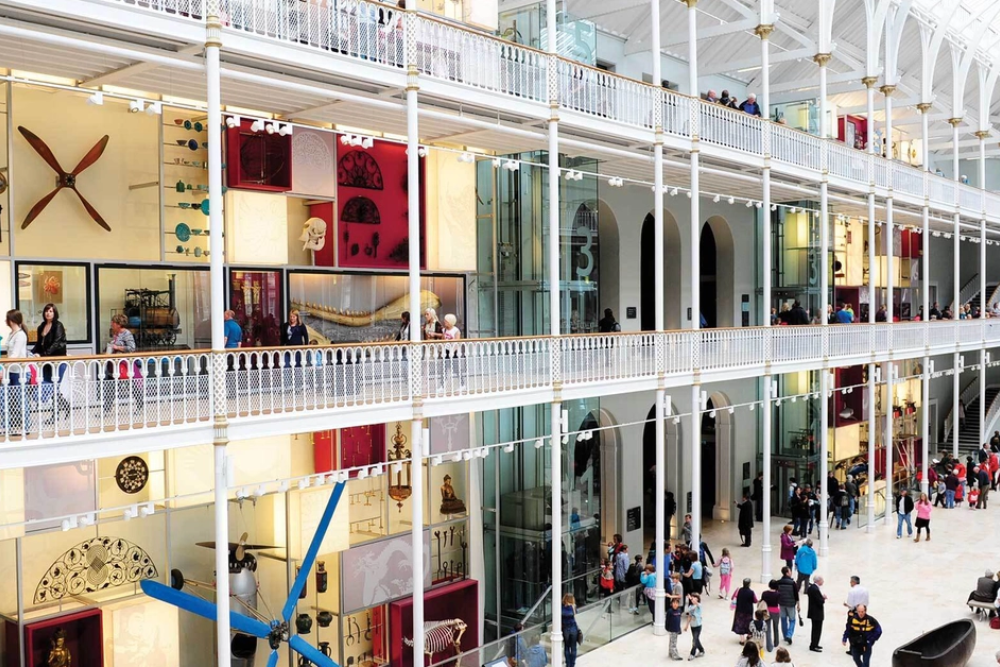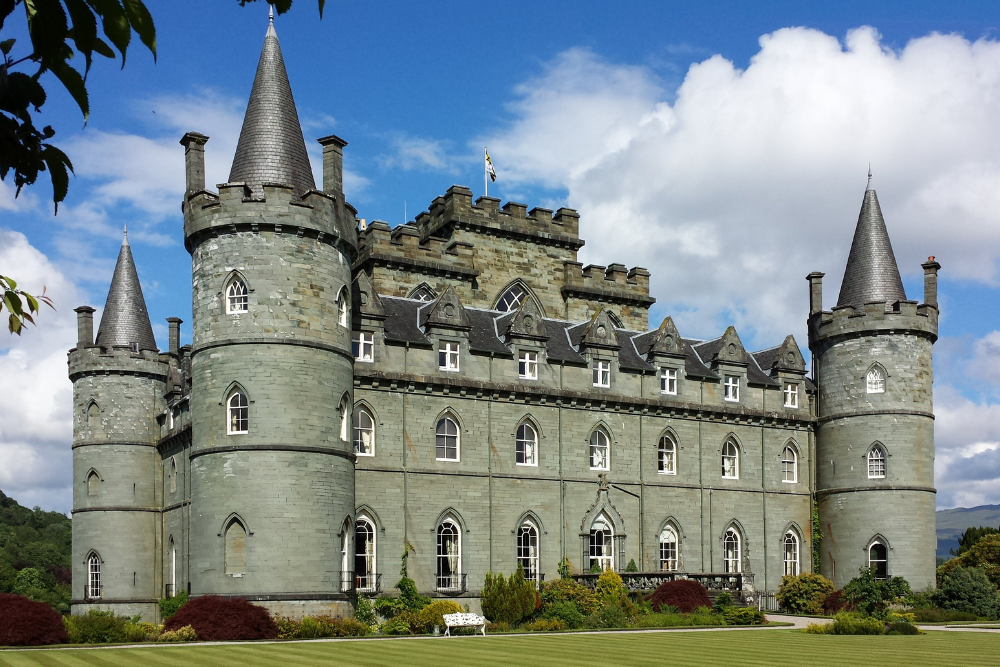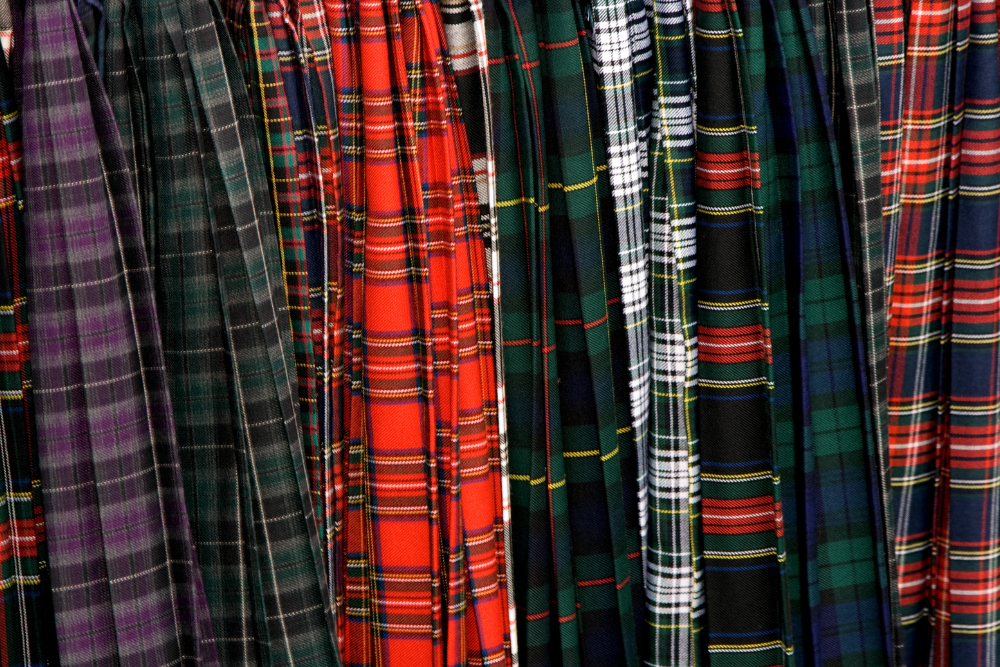Scotland’s clans have played a defining role in the country’s history, shaping its landscapes, traditions, and identity. Rooted in kinship and loyalty, these clans created a unique social structure that still captivates people today. Whether you have Scottish heritage or are fascinated by history, learning about the clans is a journey through Scotland’s tumultuous past.
The Origins of Scotland’s Clans
The word ‘clan’ derives from the Gaelic ‘clann,’ meaning ‘children’ or ‘descendants.’ Clans were familial groups led by a chief, bound by allegiance and often associated with specific regions. They emerged in medieval Scotland and played a crucial role in governance, defense, and society.
1. The Structure of a Clan
- Clan Chief: The leader, often of noble descent, who commanded loyalty from clan members.
- Tartan & Crest: Each clan had its own tartan pattern and crest, symbolizing identity and unity.
- Territory: Clans were tied to specific lands, with feuds and battles often fought over territorial claims.
2. Clan Feuds and Warfare
- Rivalries: Clan rivalries led to numerous battles, shaping Scotland’s history.
- Famous Clashes: The MacDonalds and Campbells had one of the most infamous feuds, marked by events like the Massacre of Glencoe in 1692.
- Culloden (1746): The final Jacobite uprising saw the Highland clans face defeat, leading to the suppression of the clan system.
Where to Learn More About Scotland’s Clans
If you’re eager to explore clan history further, Scotland offers a wealth of museums, castles, and historic sites dedicated to preserving their legacy.
1. The National Museum of Scotland (Edinburgh)
- Why Visit: A comprehensive look at Scottish history, including artifacts from various clans.
- Highlights: Ancient weaponry, clan tartans, and documents detailing clan lineage.
2. Culloden Battlefield & Visitor Centre
- Why Visit: The site of the decisive battle that ended the clan system’s power.
- Highlights: Interactive exhibits, battlefield tours, and Jacobite memorabilia.
3. The Highland Folk Museum (Kingussie)
- Why Visit: Experience how Highlanders lived centuries ago in this open-air museum.
- Highlights: Recreated 18th-century buildings, costumed interpreters, and clan heritage displays.
4. Inveraray Castle (Home of Clan Campbell)
- Why Visit: This grand castle is the ancestral seat of Clan Campbell.
- Highlights: Stunning interiors, clan relics, and picturesque gardens.
5. Eilean Donan Castle (Associated with Clan MacRae)
- Why Visit: One of Scotland’s most photographed castles, tied to the MacRae clan.
- Highlights: Historic clan exhibits and breathtaking views of the Highlands.
Tracing Your Clan Heritage
For those with Scottish ancestry, tracing your clan origins can be a rewarding experience. Resources such as the ScotlandsPeople website and the Clan Heritage Centre provide genealogical tools to uncover your clan connections.
Final Thoughts
Scotland’s clans continue to hold a special place in history and culture. Whether visiting historic sites, exploring museums, or researching your lineage, delving into clan history offers a deeper appreciation of Scotland’s proud and resilient past.












